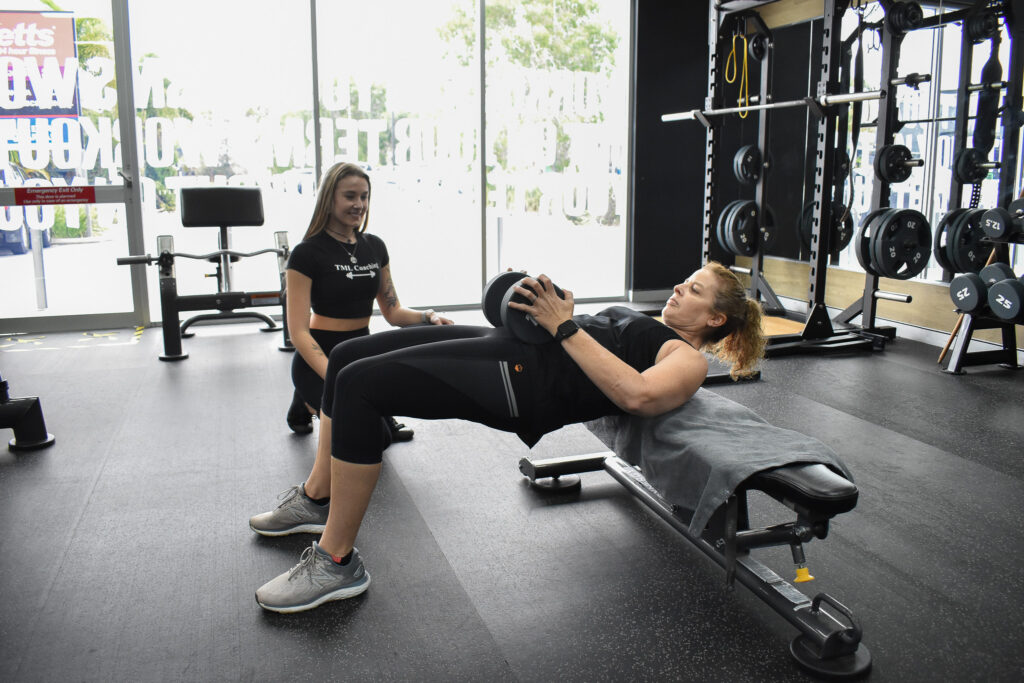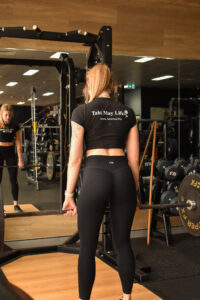We have come such a long way in how we view menopause and women’s health in our world today. Back in ancient times, unfortunately women were considered to no longer be ‘of use’ to society once they reached menopause, and there was little support to the women going through it. Historical archives on witch hunts show that peri and menopausal women were primary targets due to their use of herbs and natural medicines to treat each other’s symptoms! Fortunately in modern times, more research has been conducted outlining how to manage the symptoms and how to honour our bodies during this time.
Consider that the average lifespan for a female today is around 81 years old. If we hit menopause at an average of 51 years old, with a good five to seven years of perimenopause prior to that, we see that we are very likely to spend around half our life in the peri or post- menopausal state.
Our experience of menopause varies between women and can be influenced by many factors, including lifestyle, genetics and ethnicity, diet and cultural expectations.
Menopause can be a transition time for women that encompasses a lot of changes. This includes the way our bodies behave and how they react to training. While menopause itself is the period of time that marks 12 months since our last period, the years prior (peri-menopause) and the years after (post- menopause) can present challenges.
During peri-menopause our ovaries are releasing fewer eggs and less often. This means that our levels of oestrogen and progesterone rise and fall unevenly and we can get resultant hormone imbalances. This often means worse premenstrual symptoms, bloating, irregular and heavier periods. Because our hormone levels contribute to far more than just our periods, there are a number of other symptoms we can experience. Most women are aware of the hot flushes that occur, but even symptoms such as anxiety, depression, heart palpitations and chronic joint pains are common.
A Look At The Hormones
Oestrogen: There are 3 types:
- E1 or Oestrone: This is primarily made after menopause and is a weaker form of Oestrogen that is primarily generated from fat tissue. Higher levels of E1 can contribute to hot flushes and night sweats. Nutrition, training style and lifestyle strategies are vital to keep inflammation in check.
- E2 or Oestradiol: This is the main hormone produced by our ovaries during our reproductive life. E2 has many important roles, one of which is to help us produce lean muscle mass due to its anabolic nature. E2 declines in menopause. It also helps to produce antioxidants which can help fight inflammation.
- E3 or Oestriol: Production of this increases in pregnancy.
Progesterone:
Progesterone increases after ovulation and decreases at the end of the cycle. It prepares the uterine lining for pregnancy. When less eggs are produced, less progesterone is circulating and the result can be an oestrogen progesterone imbalance.
Testosterone:
Women make less testosterone than men but it is important and works alongside Oestrogen and Progesterone to maintain muscle and bone health. Due to the changes in hormone ratios with menopause, it can be more difficult to make muscle, maintain body composition and recover after exercise.
Symptoms Experienced As A Result Of Changes To The Oestrogen Progesterone Ratio
The Oestrogen Progesterone ratio is very important. If progesterone declines faster than Oestrogen, we can experience an Oestrogen dominance situation where we are prone to symptoms such as bloating mood changes, breast tenderness, hot flushes and irregular periods. It is important to note that hormone levels are constantly changing and any concerns with symptoms should be discussed with your doctor.
Common symptoms of menopause, as a result of hormone ratio changes can include, but are not limited to:
- Inflammation: Higher levels of E1 and declining progesterone can contribute to widespread inflammation which can impact our joints, recovery time and general wellbeing.
- Changes in appetite with increased cravings and less satiety.
- Changes in body temperature control: The body senses that it is too hot and tries to cool itself, resulting in hot flushes and sweats. The normal cooling response can also be blunted during exercise which results in feeling hotter when exercising.
- Changes in the elasticity of blood vessels which can cause blood pressure to rise.
- Changes to bone density and reduced calcium absorption: Progesterone works with oestrogen to minimise our bone resorption and loss of calcium through our urine
- Cognitive function: Cognitive changes, brain fog, anxiety, mood swings can occur with a reduction in progesterone.
- Connective tissue stability: Oestrogen can loosen connective tissues and lead to a loss of stability in joints. Progesterone helps to stabilise the connective tissue. Therefore, there can be an increased risk of ligament injuries with menopause. Stabilising exercises are important to counteract this.
- Changes to body composition: Increased fat storage occurs with an often-noticeable change in the way our body fat is distributed. Many women experience increased deposition of abdominal fat. Managing body composition during this time is important.
Do I need to change the way I train?
During the menopausal years, many women do find that they need to adjust their training styles and the way they fuel their bodies. Given the changes in hormone ratios there can be a predisposition to injury. This is not to say that exercise should be avoided, its actually the opposite. It is more important than ever to exercise!
The main forms of exercise that are recommended for menopausal women are aerobic exercise, strength training and balance training. This means lift heavy weights, incorporate some plyometric exercise and some high Intensity Interval training (HIIT) with a bit of balance work thrown in the mix.
Now is the time to lift as heavy as you can. The goal moving forward is to get as strong as you can be to move you through the next stage of life. Heavy lifting will increase your metabolic rate and help to restore lost muscle mass. This means you will burn more calories at rest. It will also improve your posture and make you more stable. This means less risk of falls and less posture related aches, pains and injuries. When we exercise we not only exercise our muscles but also our tendons, helping to stabilise joints. We will also have better bone health, better blood pressure and a healthier body composition. Given that a decline in oestrogen means we store fat more easily, maintaining lean muscle mass will help to regulate this change in body composition.
Resistance Training
In a nutshell, lifting less reps with as much weight as possible is beneficial, however not for every lift. Reserve the heavy lifting for the big compound lifts such as squats, deadlifts and chest presses, that spread the load across multiple muscles. In the beginning you will want to start with less weight and more reps while gradually building up to the higher weights, using proper technique to avoid injury. You will also need to ensure adequate warm up and sufficient rests between sets to get maximal results. These are all aspects of training that can be programmed by your trainer. Safety is key and it is best to do this with a trainer if you are new to lifting!
Plyometrics
While this sounds scary it isn’t necessarily about huge box jumps. This can include any form of jumping, hopping and bouncing to help improve muscle power, speed and agility. These exercises increase the force that your muscles can produce and stimulate muscle growth. They also require coordination and balance that make us more agile. Squat jumps, skipping and jumping jacks are a good start, but your trainer can program these safely and also take into consideration any pre-existing conditions that may mean modifications are necessary, such as any history of osteoporosis or injury.
HIIT
This type of training means alternating short bursts of hard exercise with relatively short rest periods to get your heart rate up to 85% of your predicted target heart rate for your age. Research shows that sprint interval training can result in improvements in body composition. It can lower cortisol levels and increase levels of human growth hormone and testosterone. This can assist with reducing body fat and increasing lean muscle mass. It also increases the amount of energy your muscle fibres can produce, encourages your body to use fat as energy, improves metabolic health such as insulin sensitivity and blood sugar levels and blood pressure. HIIT may mean incorporating exercises such as stationary bike, circuit style timed programs, kettlebell swings or any other modifications that your trainer feels would be appropriate for you.

Menopause can be a very overwhelming time for many women. By working with your trainer and maximising your strength and fitness you will be able to move through this stage with confidence and a sense of empowerment that you will be able to live your best life for years to come!
Further reading:
- Resistance Training: What is it and why should you do it during menopause? https://www.menopausecentre.com.au/information-centre/articles/resistance-training- what-is-it-and-why-should-you-do-it-during-menopause/
- Exercise beyond Menopause: Do’s and Dont’s. https://www.ncbi.nlm.nih.gov/pmc/articles/PMC3296386/
Copyright © Tabi May Life


 Training Around Your Menstrual Cycle
Training Around Your Menstrual Cycle
Leave a Reply